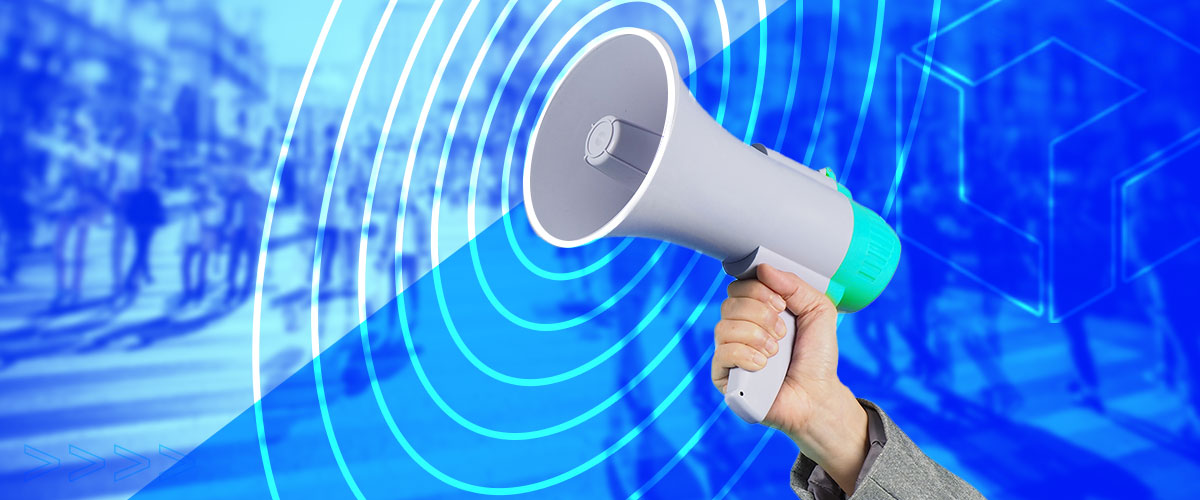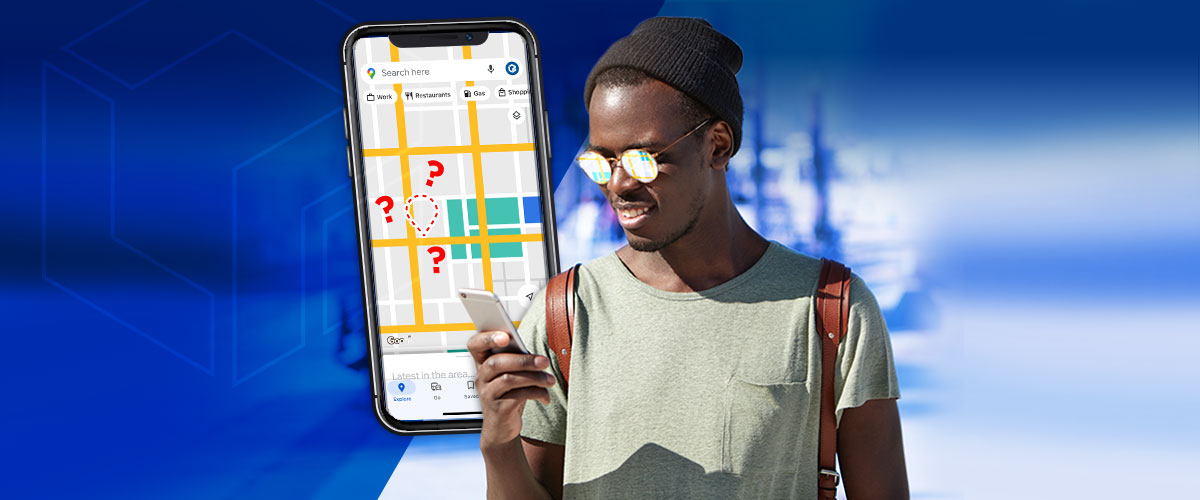Are you experienced? More precisely, what is the page experience like on your website? Page experience is a collection of signals that indicate how well, or how not so well, users interact with your site. This goes beyond informational content and includes speed, usability, appearance, platform compatibility, and more. Imagine it as a visit to a brick and mortar store–with a few little differences. You need to get people inside and keep them there through smooth and efficient service. This creates an optimal page experience for visitors while helping your site achieve higher search rankings. To reach that goal, here’s the ultimate guide to understanding page experience.
The Need for Speed
One absolutely essential element to a great page experience is speed. Make sure every page loads quickly and easily on your site, especially high-traffic pages. A user will leave after just 2.5 to 3 seconds if a page doesn’t load swiftly. Work with your web designer to ensure your largest pages aren’t bogged down with any unnecessary code or resources since this can slow down loading speeds. Reducing image sizes, minifying code (meaning, removing old code and plug-ins and unused scripts), and removing unnecessary videos, banners, and pop-ups can save valuable seconds. Assess the amount of traffic your website generates and balance your bandwidth in response (this gets a bit more technological, so speak to your web developer about it). Ultimately, investing in a bigger server can also help improve performance.
Engage!
When your visitors arrive, do they have a reason to stay? Website engagement is your site’s ability to captivate, entertain, and inspire users to remain. Keep your site interesting, unbusy, and clutter-free. Express your brand in memorable ways through colors and graphics. Returning to the store metaphor, are your “aisles” in order? Users usually start from the top and work their way down a page. Thus, push a top service or product higher up and above the fold. If an item isn’t front and center, it might be overlooked. Visitors might not know what they want until they see it.
Put indispensable information front and center. Don’t make them hunt for the menu, for example. Categorize and clearly label pages and their contents. Like a store, you want the users and search engine bots to easily navigate your website. Good site navigation will help users find exactly what they’re looking for while reducing the chances of them bouncing. Clear site hierarchy will help search engines better discover and index pages faster.
Finally, be platform savvy. Most shopping is done on mobile devices these days, so your site should be mobile-friendly for smaller screens.
Stay Secure
Is your site secure? Consumers want to know their transactions are private and secure. It may not be the flashiest way to keep users engaged, but website security puts them at ease while they browse. Secure websites are equipped to keep transactions safe and confidential through encryption and authentication. Acquire an updated SSL certificate for your website and make mention of it somewhere on your site. As an added bonus, secure sites may get higher placement on search engine results pages. Most obviously, alerts and warnings are a turn off for customers. An unsecured site that greets users with a warning can scare them off.
Keep It Lean and Low-Fat
We’ve talked about the framing required for websites–hierarchies, links, and the like–now what about the content? Most users want information now, so deliver content they can skim. Break up large blocks of text into bite-sized sections. Bullets and numbered lists are the best way to present succinct ideas, as are questions that reveal the answers when clicked. Remember that users may interact with your site through a virtual assistant and voice programs. Don’t make them wait for Alexa to get to the good part!
A Look Behind the Scenes
Check your stats to see what’s working on your site and what’s driving people away. Review where users are coming from, how they engage with your site, what inspired them to click a link, and which clicks led to sales or other actions.
Stay on top of your site’s bounce rate. This measures how many users visit a single page and leave the site. It could help you figure out what’s making them not want to stick around.
Aspire to a higher conversion rate, which is the percentage of people who visit your site and perform an action such as buying an item, signing up for an email list, or filling out a form. You can boost your conversion rate, for example, by making it simpler to sign up for emails and the like with a prominent, easy-to-click button.
Chatbots can also make customers feel attended to while gathering their questions and directing them to other parts of your site.
Next Steps to Better Page Experience
Those are just a few ways to improve page experience for your customers. Above all, provide plenty of opportunities for site users to provide feedback. Ensure your address, email, and other contact information are prominently displayed on every page, and collect testimonials and suggestions. Also, consider partnering with a digital marketing agency like Logical Position. We can help you with global as well as local search engine optimization. Contact LP for further information on local SEO solutions and more!





